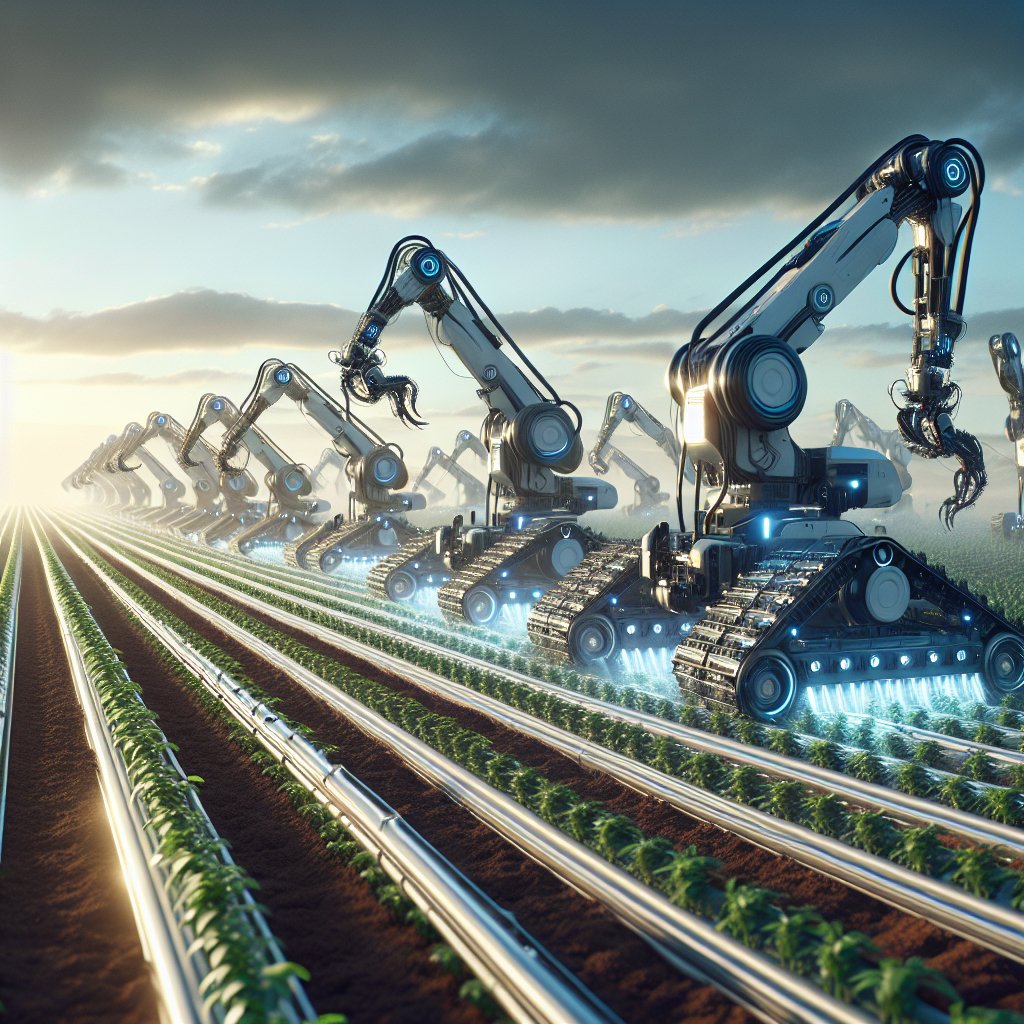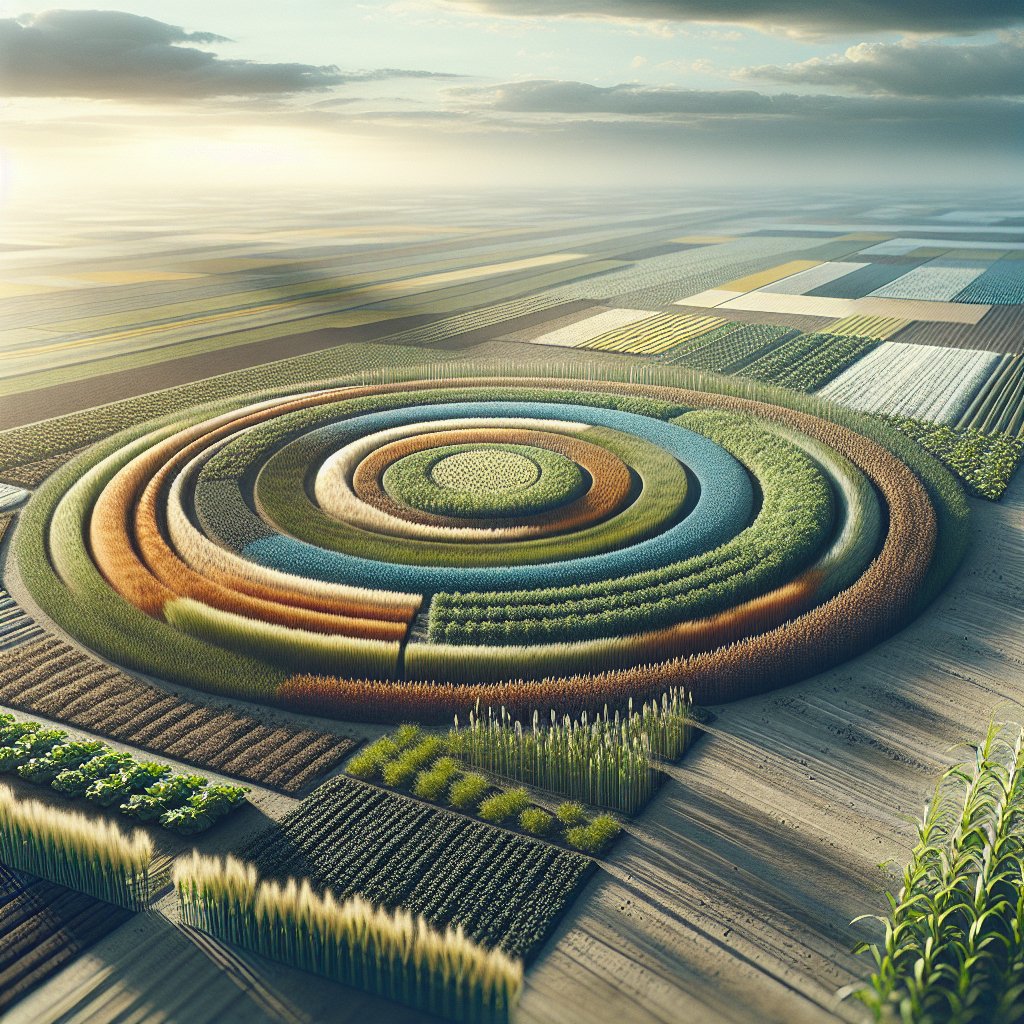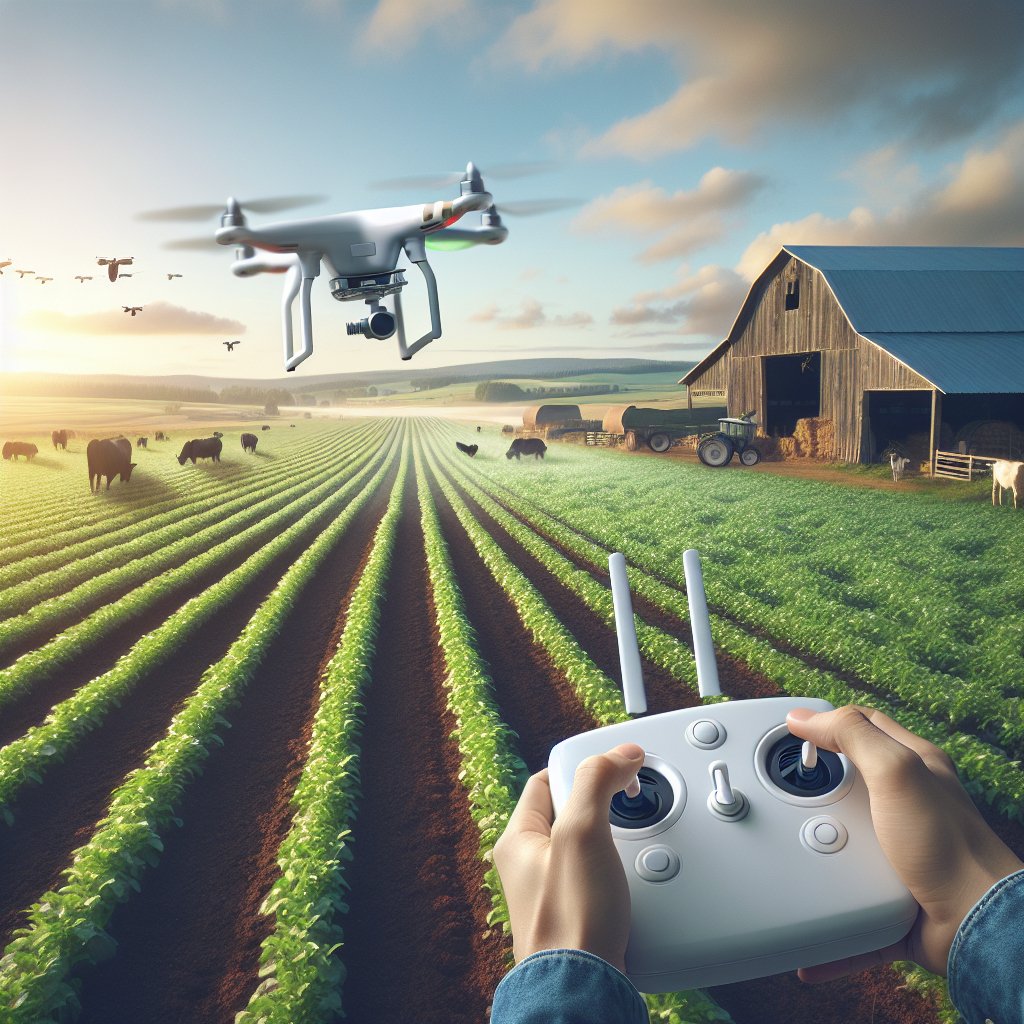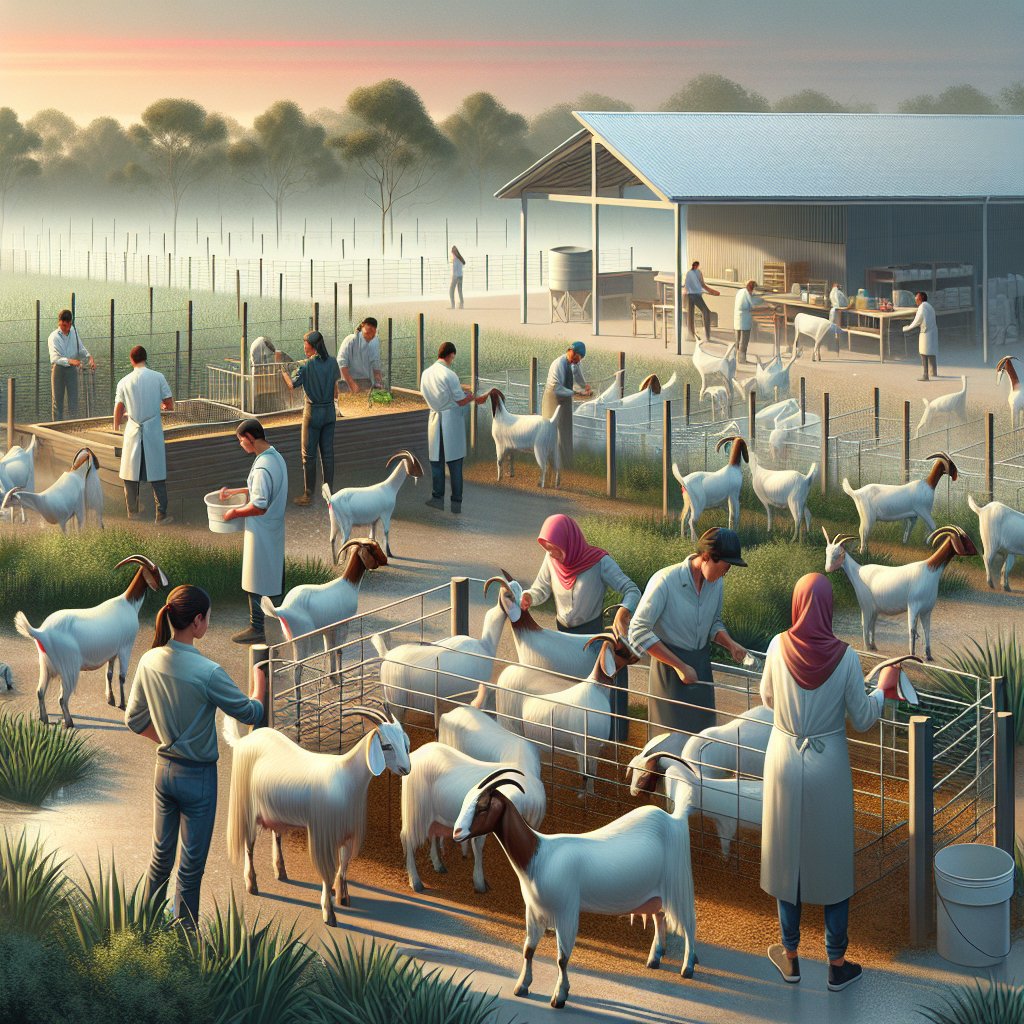The integration of robotics into agriculture is revolutionizing the way we approach farming, promising to enhance productivity, sustainability, and efficiency. As the global population continues to grow, the demand for food increases, putting pressure on traditional farming methods. Robotics offers innovative solutions to these challenges, transforming the agricultural landscape.
The Rise of Agricultural Robotics
Robotics in agriculture is not a futuristic concept; it is a reality that is rapidly gaining traction. The development of advanced technologies has paved the way for robots to perform a variety of tasks on the farm, from planting and harvesting to monitoring crop health and managing livestock. These machines are designed to work alongside human farmers, augmenting their capabilities and reducing the physical burden of labor-intensive tasks.
One of the primary drivers behind the adoption of robotics in agriculture is the need to increase efficiency. Traditional farming methods often require significant manual labor, which can be time-consuming and costly. Robots, on the other hand, can operate around the clock, performing tasks with precision and consistency. This not only boosts productivity but also allows farmers to focus on more strategic aspects of their operations.
Moreover, robotics can help address the labor shortages that many agricultural sectors face. As fewer people choose farming as a career, the availability of skilled labor is dwindling. Robots can fill this gap, ensuring that essential tasks are completed without delay. This is particularly important in regions where the agricultural workforce is aging, and there is a lack of younger workers to take their place.
Technological Innovations and Applications
The range of applications for robotics in agriculture is vast and continually expanding. One of the most significant advancements is the development of autonomous tractors and machinery. These vehicles can navigate fields independently, using GPS and sensor technology to perform tasks such as plowing, seeding, and spraying. By automating these processes, farmers can optimize their use of resources, reduce waste, and minimize environmental impact.
Another exciting area of innovation is the use of drones for crop monitoring and management. Equipped with cameras and sensors, drones can capture high-resolution images of fields, providing valuable data on crop health, soil conditions, and pest infestations. This information allows farmers to make informed decisions about irrigation, fertilization, and pest control, ultimately leading to higher yields and better quality produce.
Robotic harvesters are also making their mark in the agricultural sector. These machines are designed to pick fruits and vegetables with care, minimizing damage and ensuring that only ripe produce is collected. This is particularly beneficial for crops that require delicate handling, such as strawberries and tomatoes. By automating the harvesting process, farmers can reduce labor costs and increase the speed and efficiency of their operations.
In addition to crop management, robotics is playing a crucial role in livestock farming. Automated feeding systems, robotic milking machines, and health monitoring devices are just a few examples of how technology is enhancing animal husbandry. These innovations not only improve the welfare of livestock but also help farmers manage their herds more effectively, leading to increased productivity and profitability.
Challenges and Considerations
While the benefits of robotics in agriculture are clear, there are also challenges that need to be addressed. One of the primary concerns is the cost of implementing robotic systems. For many small and medium-sized farms, the initial investment can be prohibitive. However, as technology advances and becomes more affordable, it is expected that more farmers will be able to adopt these solutions.
Another consideration is the need for training and education. Farmers must be equipped with the knowledge and skills to operate and maintain robotic systems effectively. This requires investment in training programs and support services to ensure that farmers can fully leverage the potential of these technologies.
There are also concerns about the impact of robotics on employment in the agricultural sector. While robots can alleviate labor shortages, there is a fear that they may also displace human workers. It is essential to strike a balance between automation and employment, ensuring that the benefits of robotics are shared across the industry.
The Future of Robotics in Agriculture
Looking ahead, the future of robotics in agriculture is promising. As technology continues to evolve, we can expect to see even more sophisticated and versatile robotic systems being developed. These innovations will not only enhance the efficiency and sustainability of farming practices but also open up new opportunities for growth and development in the agricultural sector.
One area of potential growth is the integration of artificial intelligence and machine learning into robotic systems. By harnessing the power of AI, robots can become more autonomous and capable of making complex decisions based on real-time data. This could lead to the development of fully automated farms, where robots manage every aspect of production from planting to harvesting.
Furthermore, the use of robotics in agriculture has the potential to contribute to global food security. By increasing productivity and reducing waste, robotic systems can help meet the growing demand for food in a sustainable and efficient manner. This is particularly important in regions where resources are scarce, and traditional farming methods are no longer viable.
In conclusion, the integration of robotics into agriculture is a transformative development that holds great promise for the future. By embracing these technologies, farmers can enhance their operations, improve sustainability, and contribute to a more secure and prosperous global food system. As we continue to explore the possibilities of robotics in agriculture, it is essential to address the challenges and ensure that the benefits are accessible to all.



